What Color Uniform Do The Georgia Department Of Corrections Where
California prison uniforms accept evolved for staff and the incarcerated population since the showtime person was bedevilled of a criminal offence.
In the commencement, there was lilliputian departure between clothing worn by custody staff and the incarcerated during the 1850s.
Over the decades, that changed, more often than not at the urging of the prison directors.
Every bit part of our Unlocking History series, Inside CDCR has compiled photos from the prison's beginnings through more modern times.
1850s and 1860s: The first two decades
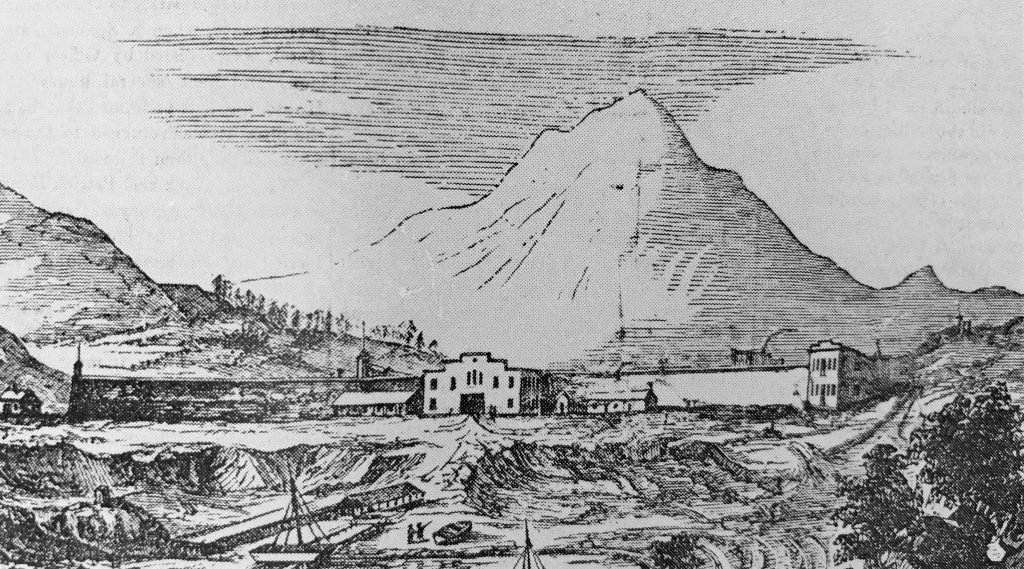
When inmates were housed aboard ships and later in cell blocks at San Quentin, they wore the same clothing every bit when they were arrested. This acquired confusion during escape attempts and made information technology much easier for inmates to but walk away from their job assignments. Co-ordinate to reports at the time, it was difficult to tell the departure between inmates and staff since neither wore uniforms.
1870s and 1880s: San Quentin passes quarter-century mark
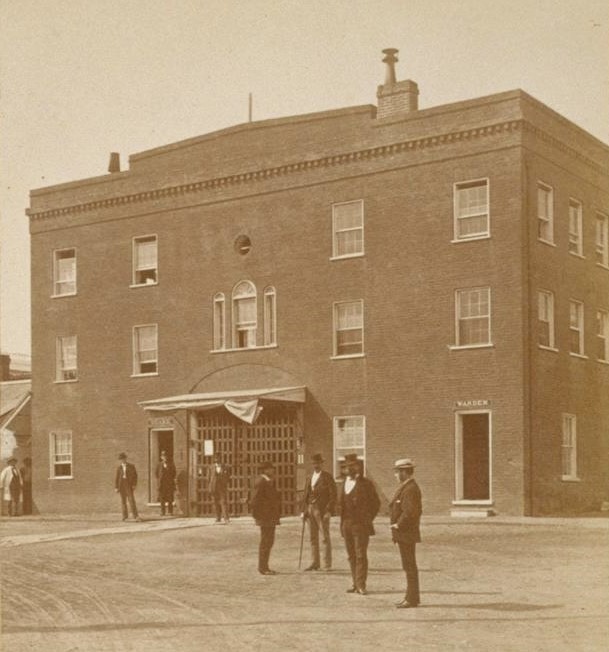
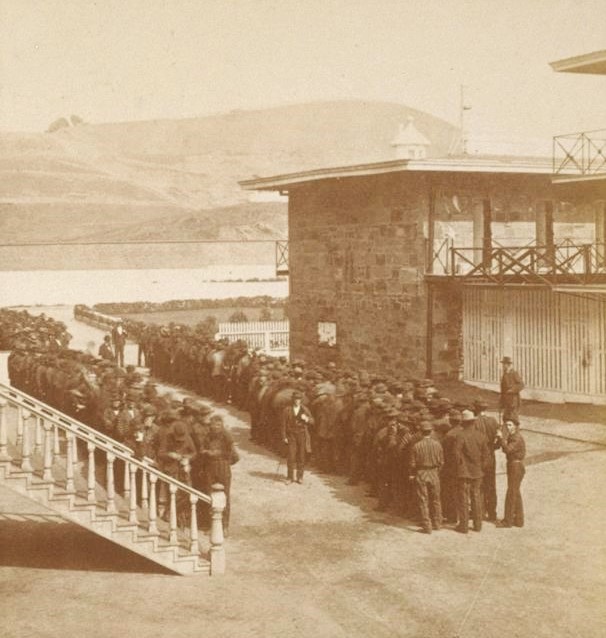
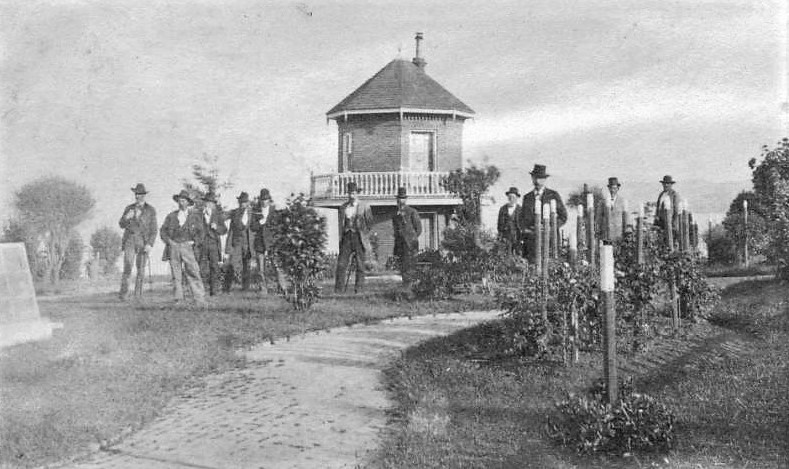
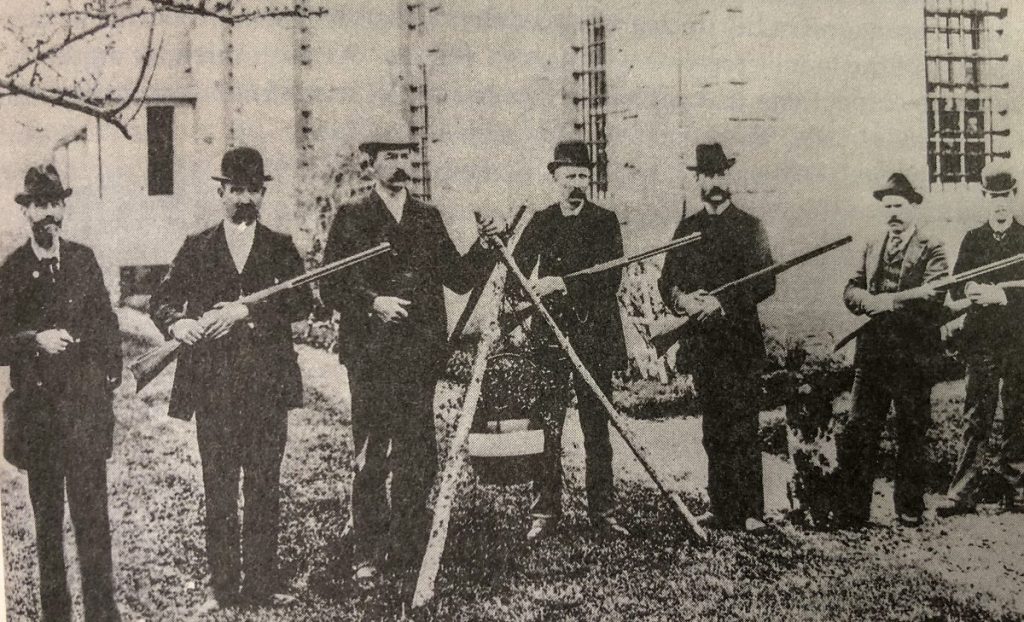
1890s: Dapper duds for staff

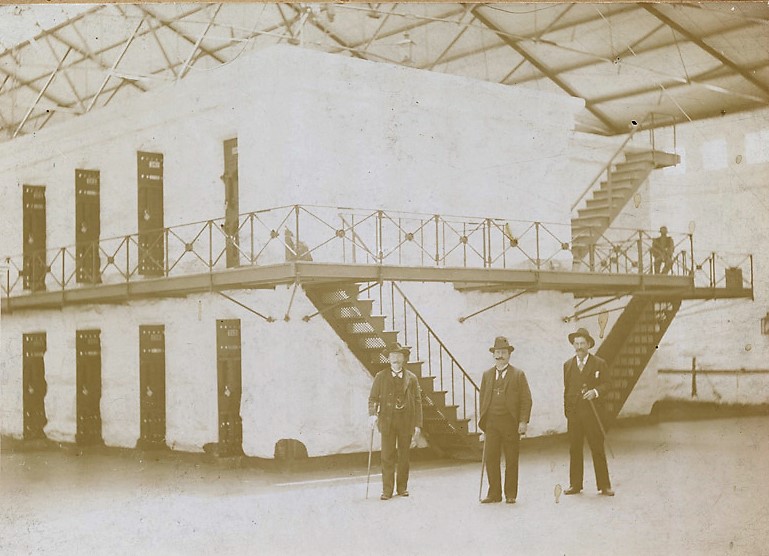
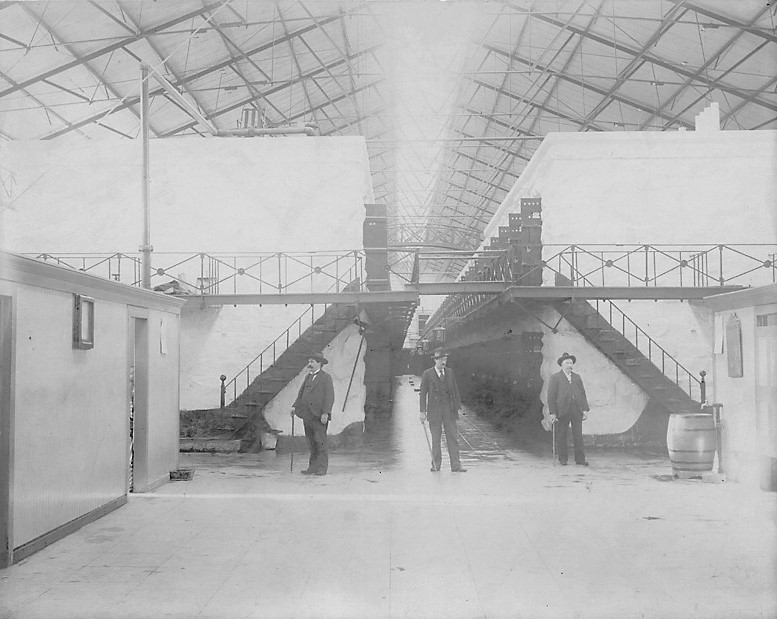
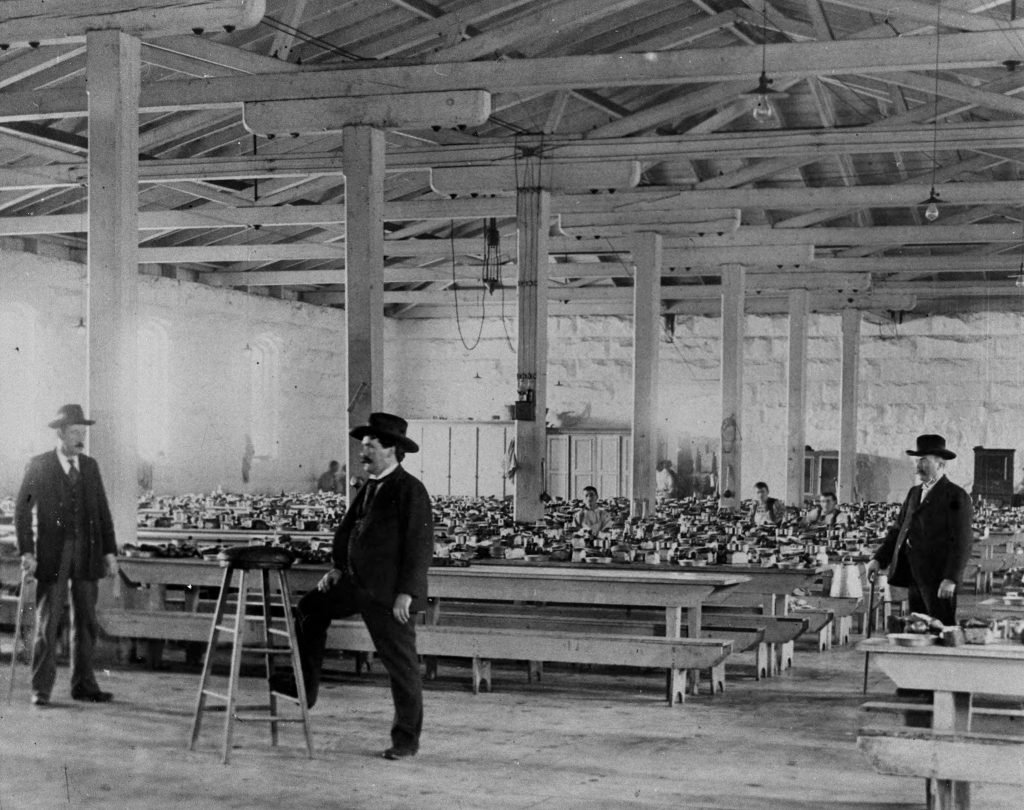
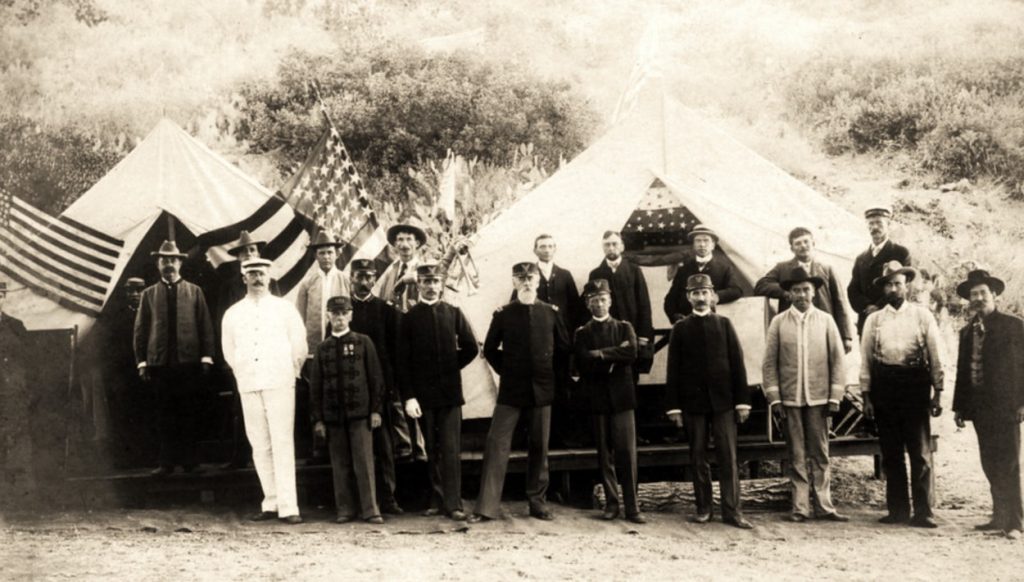
Other than the styles irresolute, clothing worn by correctional staff appeared much as it did 40 years earlier. The incarcerated population now wore prison house stripes, modeled after the prison organisation in New York. Meanwhile, incarcerated youth wore military-style uniforms.
1900s: A new century
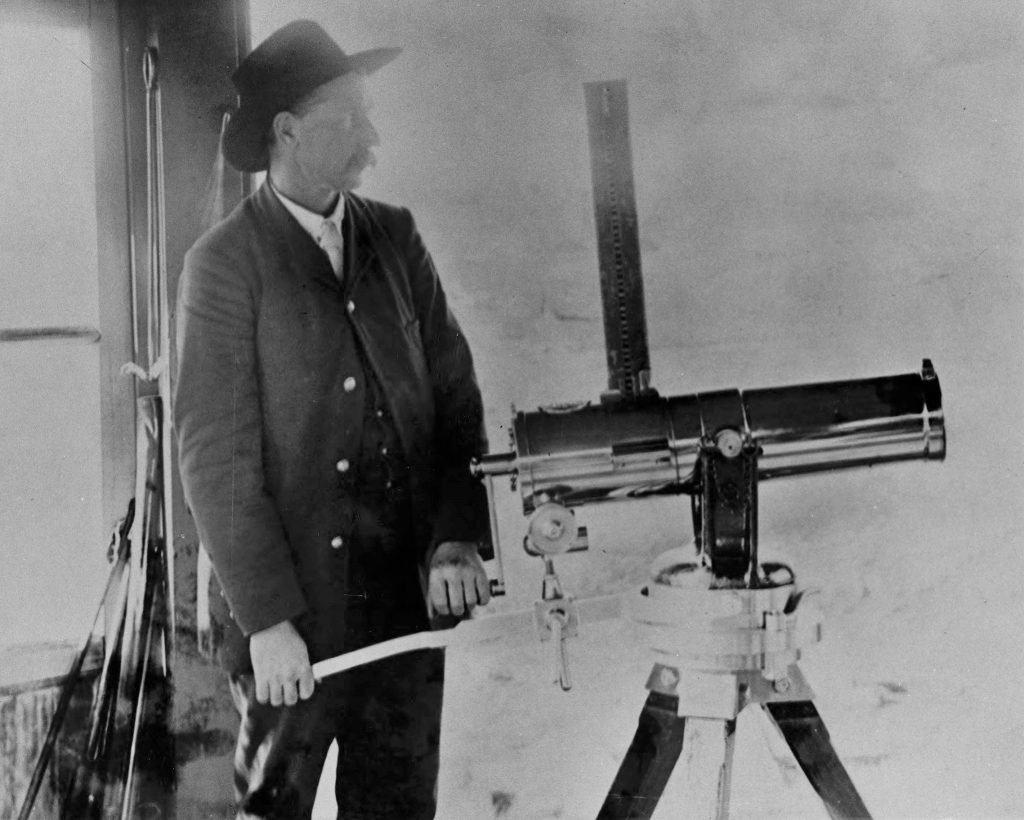
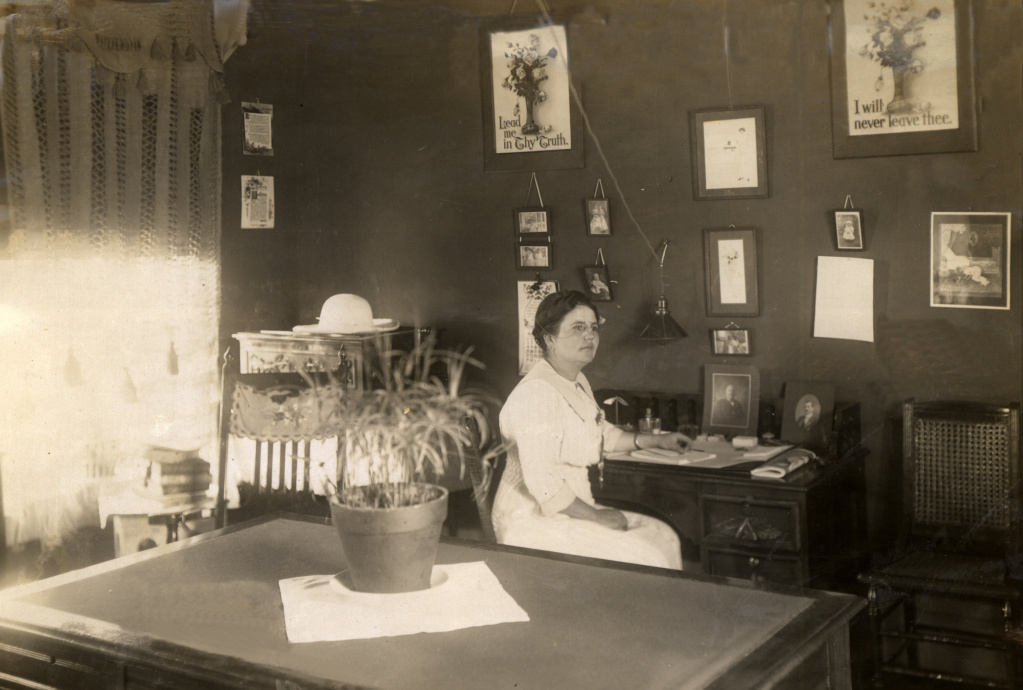
Technology began to play a larger role in the 2 states prisons at San Quentin and Folsom. Everything from transportation to kitchen appliances saw major overhauls. Female inmates were still housed at San Quentin, overseen past a matron, while the state's two youth facilities continued to focus on a military style of rehabilitation.
1920s and 1930s: The beginning of standards
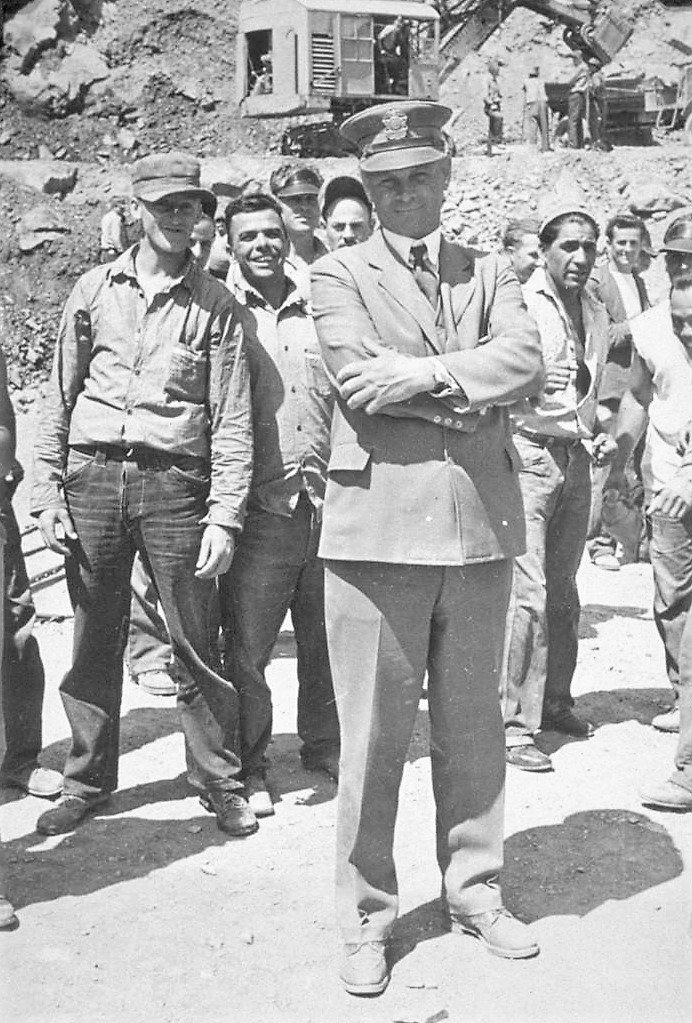
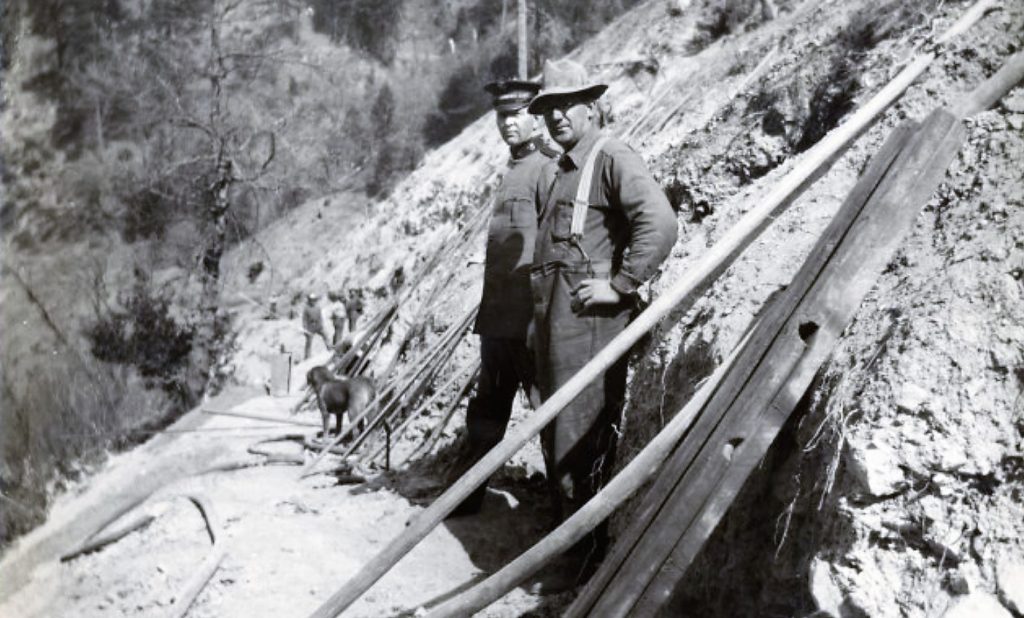
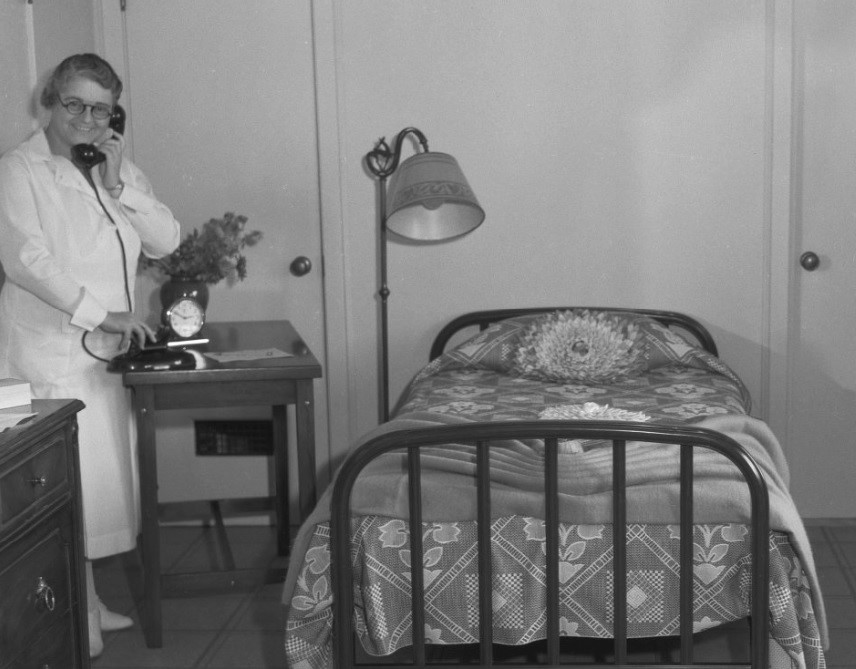
Road construction honor camps were the kickoff of today's burn down camps. At the time, inmates synthetic highways in the mountains and along the coast. Under the management of reform minded wardens and land officials, a separate prison house was opened in Tehachapi to house female offenders.
1940s and 1950s: Section overhaul
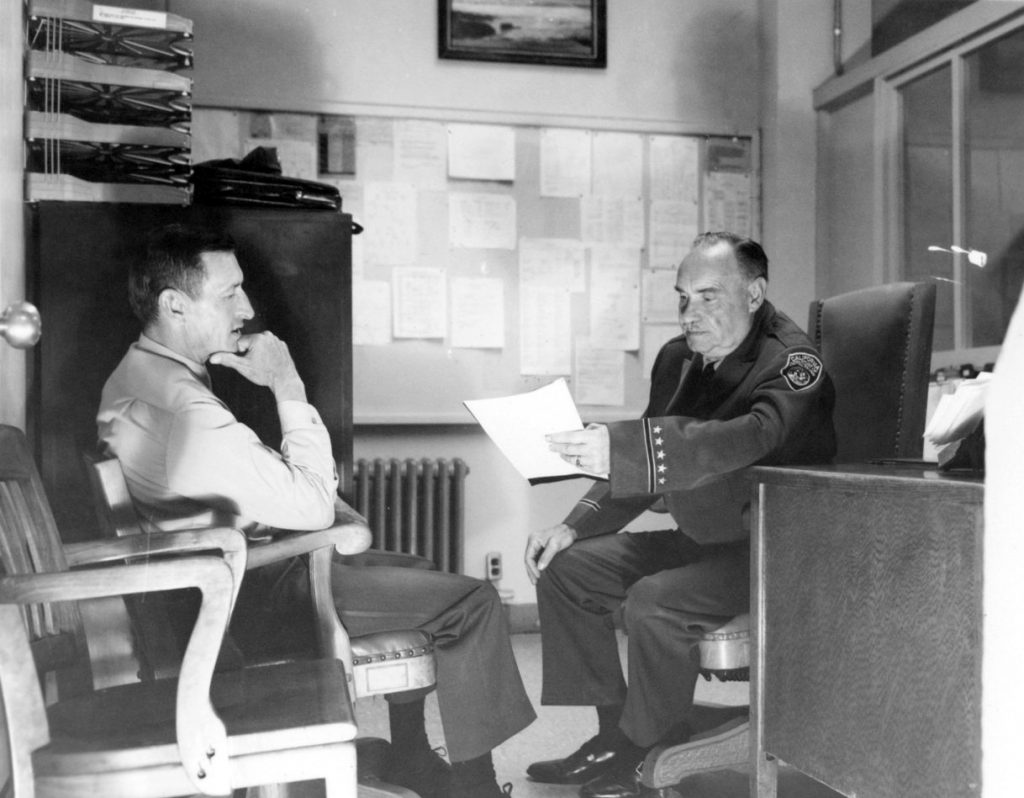

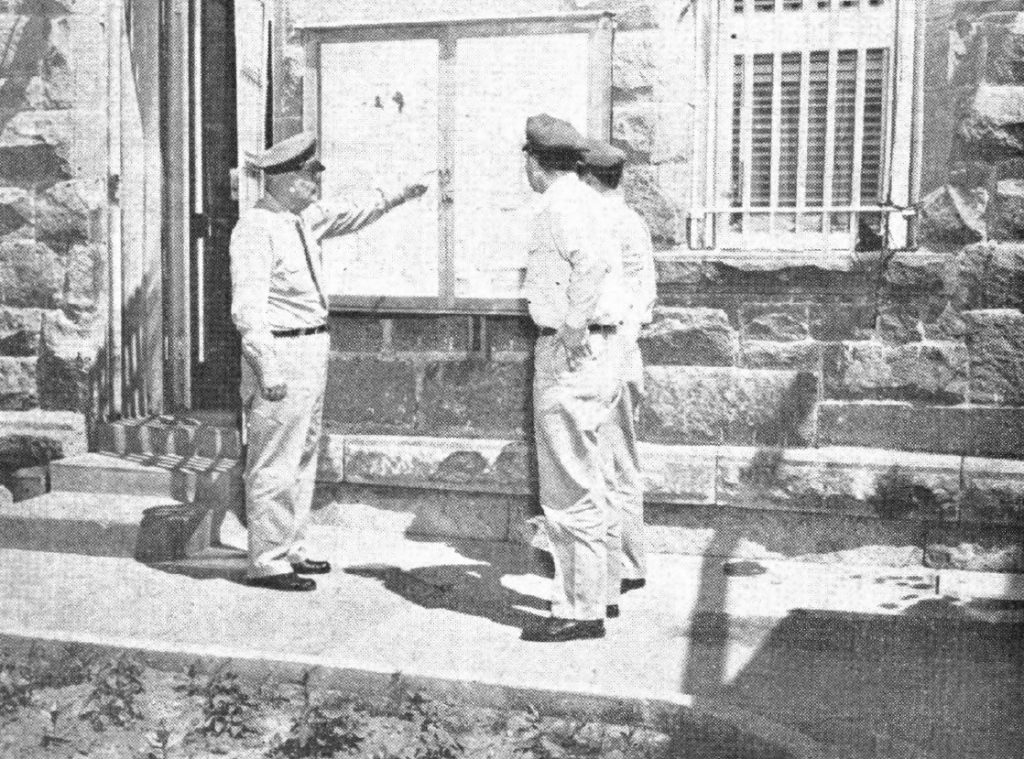
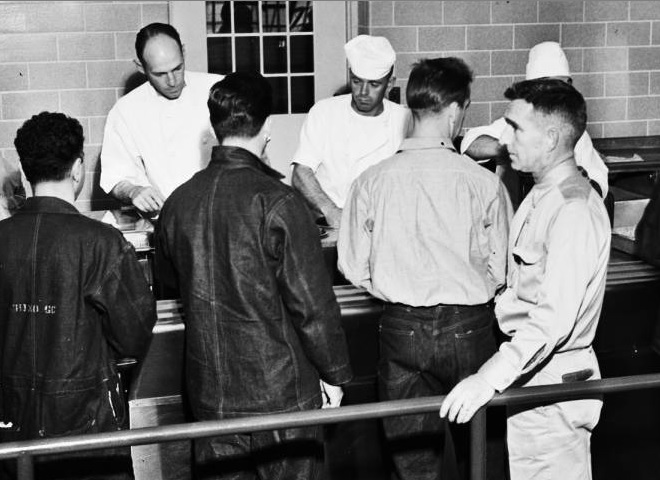
With the return of soldiers later World War II, and the 1944 reorganization of the Department of Corrections, more professional person standards were put in place. The Guard classification was changed to Correctional Officeholder and more extensive training was emphasized.
1960s: Enhancing the fire camp program
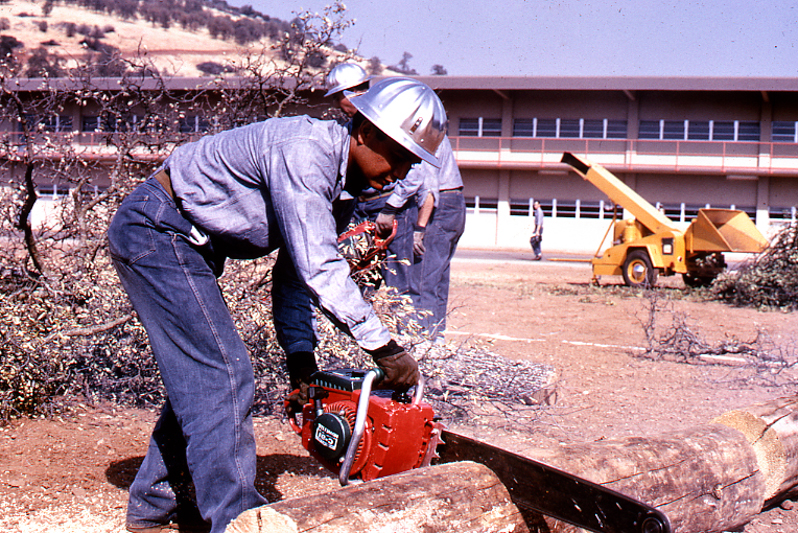
The 1960s saw the activation of two new facilities specifically designed to train offenders for conservation camps. California Correctional Center opened in 1963 while Sierra Conservation Centre activated two years later.
1970s: Women and men work side-by-side in prison
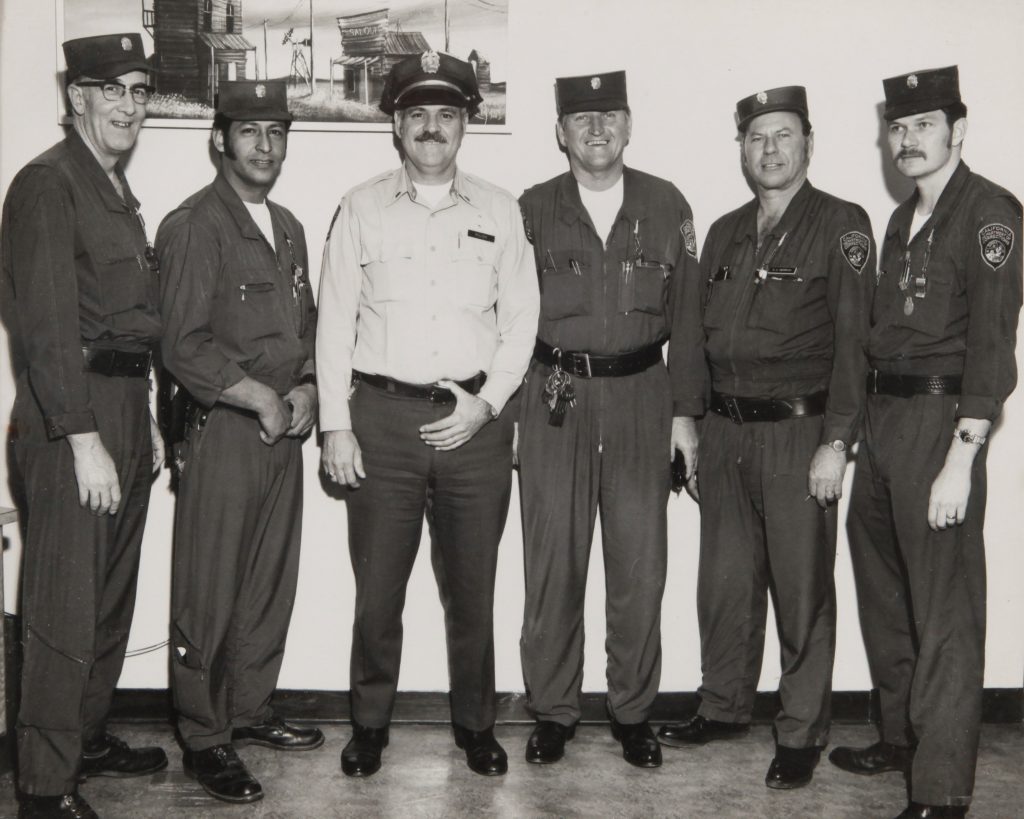
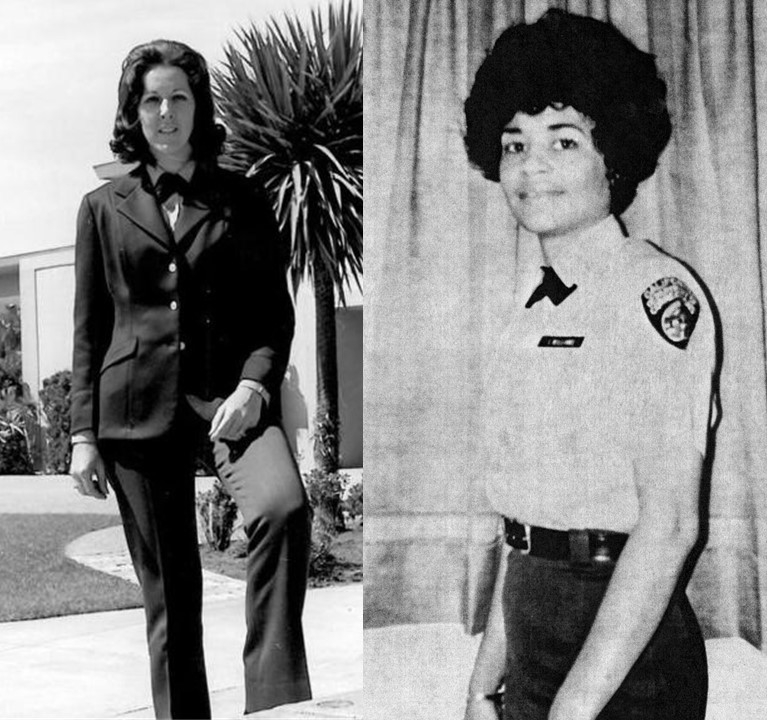
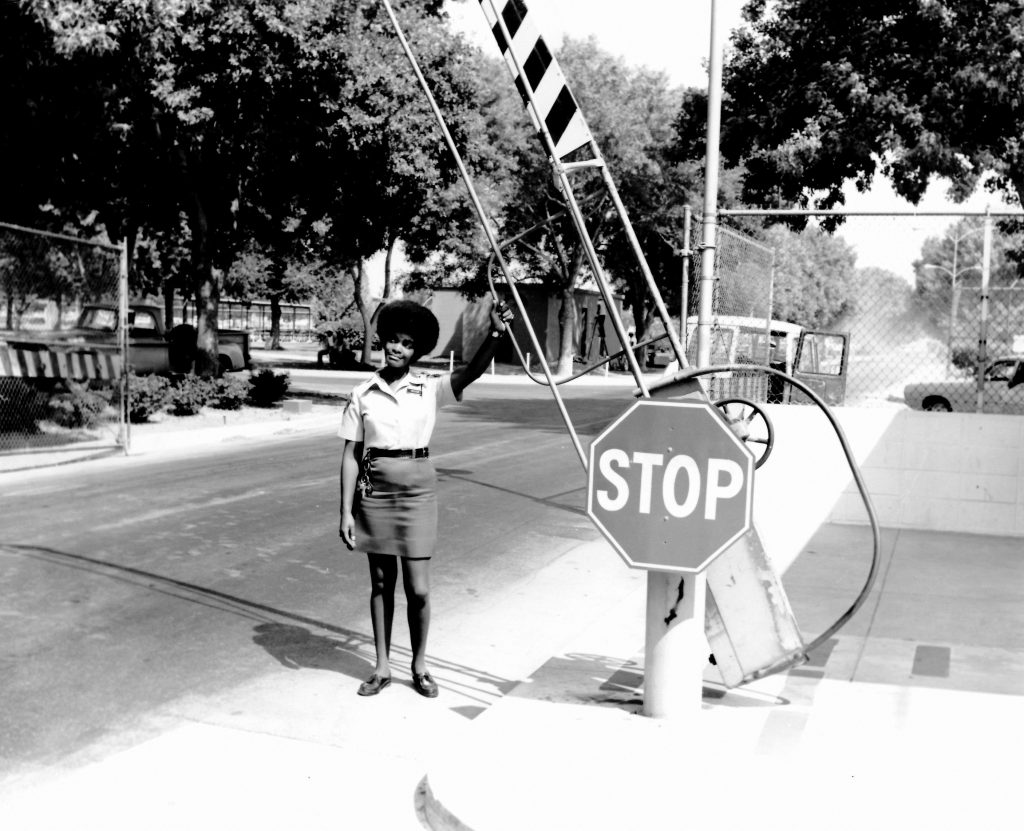
With women going to piece of work in men'due south prisons, new California prison house staff uniforms were needed. Some versions included skirts while other female uniforms had slacks.
1980s and 1990s: California prison uniforms updated
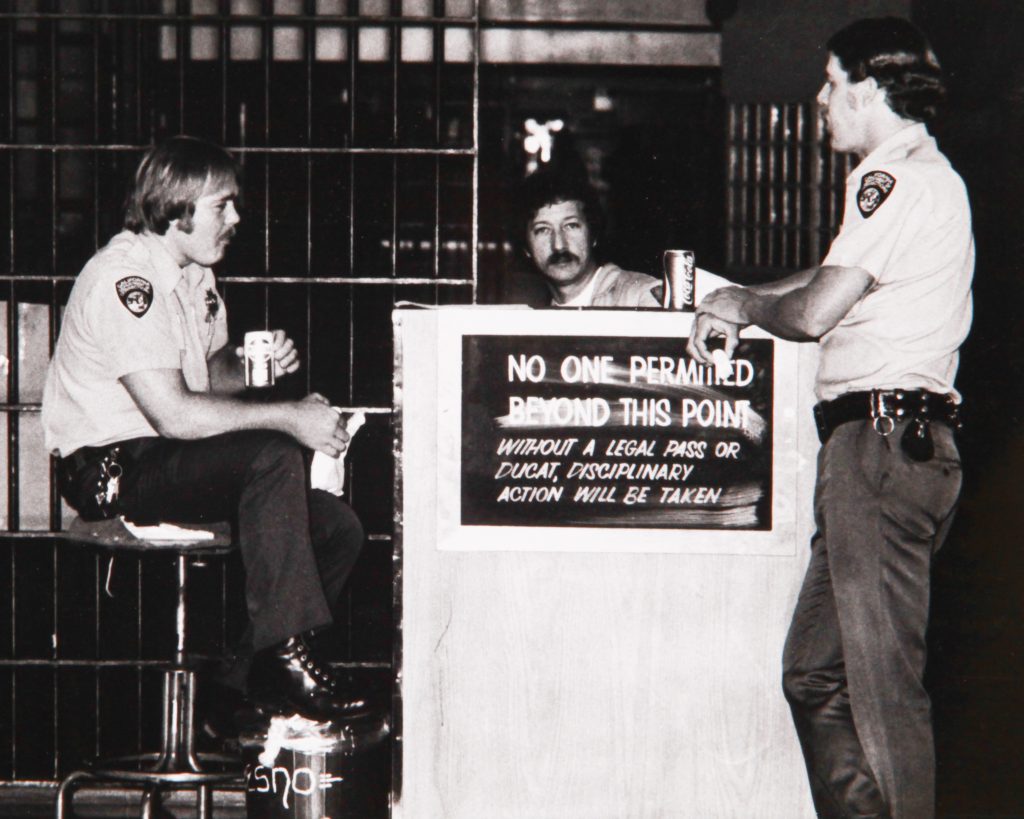
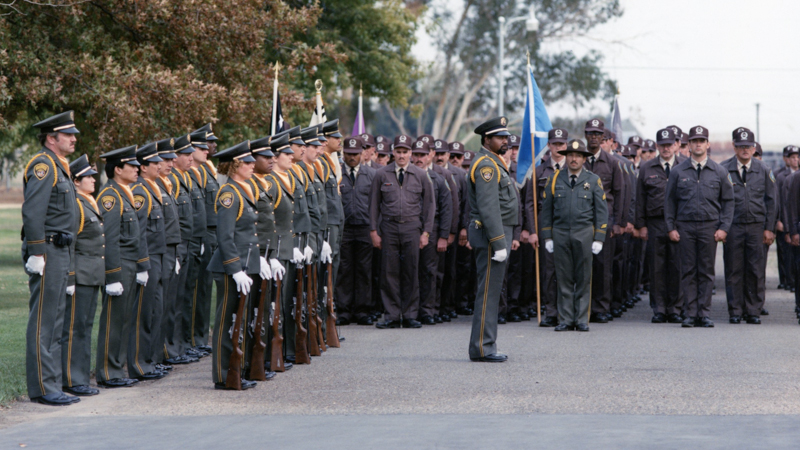
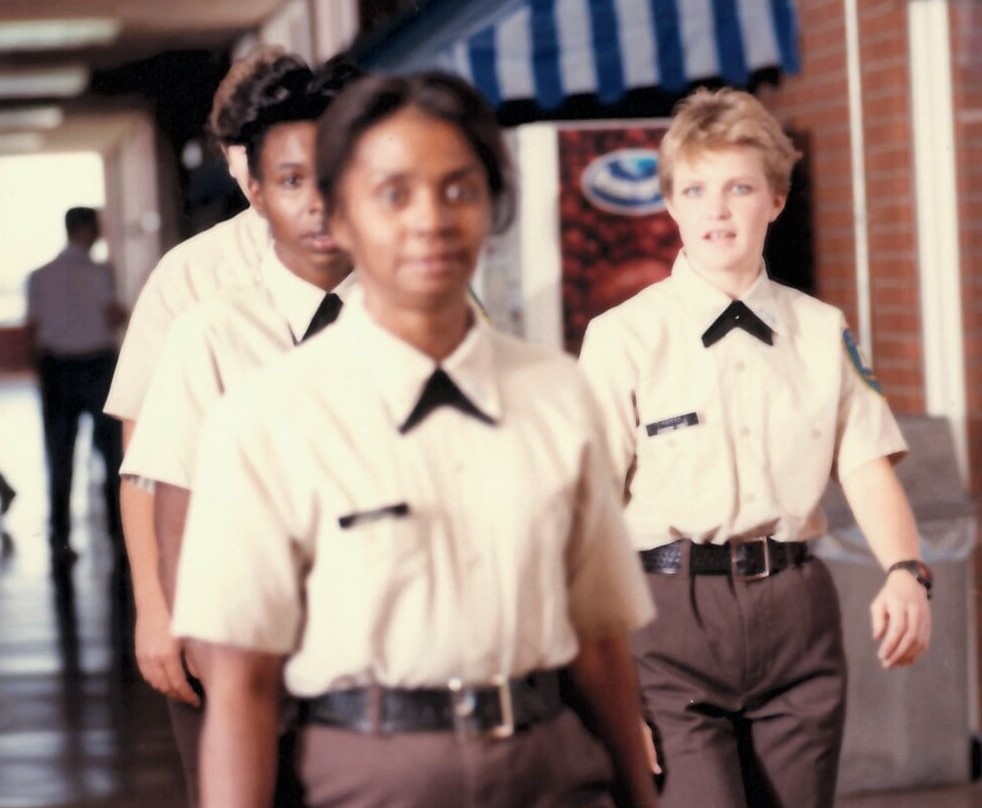
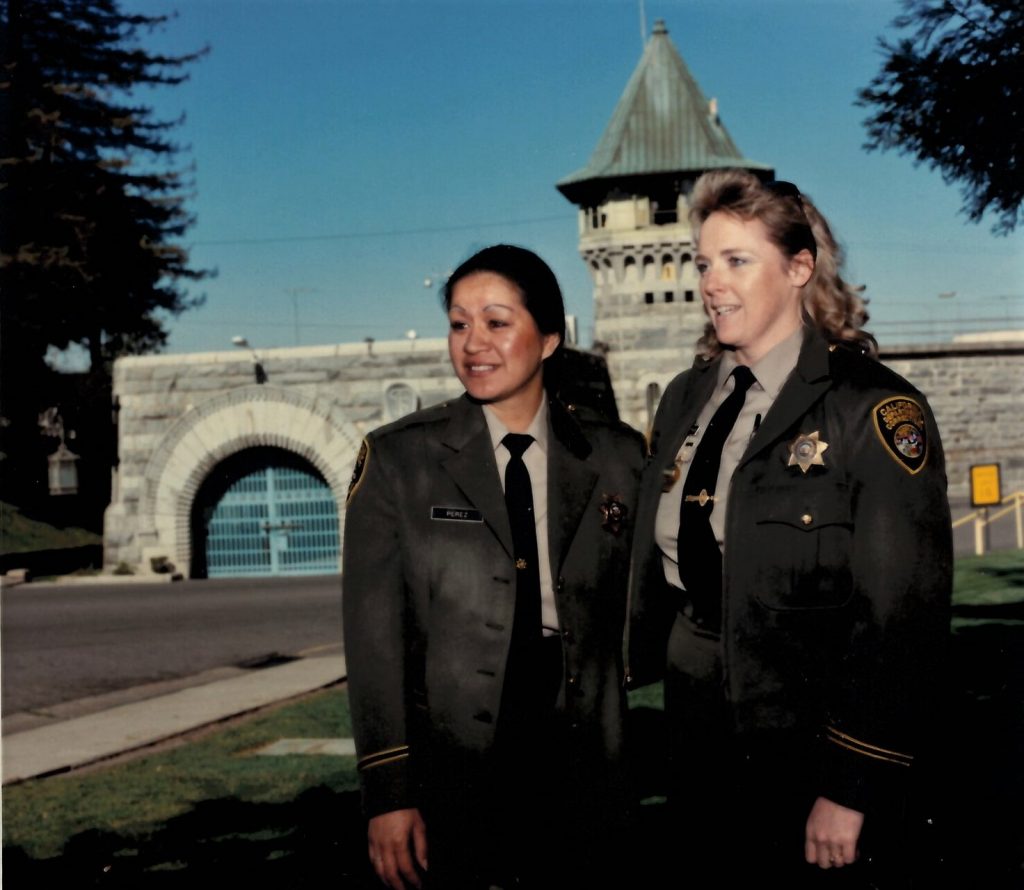

2000s and 2010s: New proper noun for overhauled section
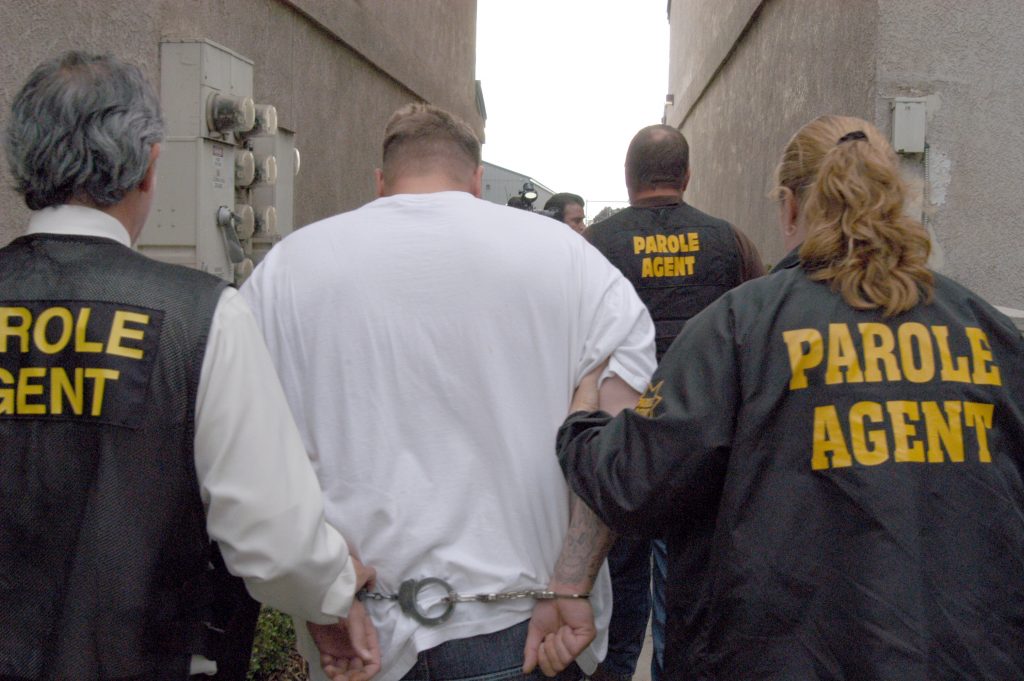

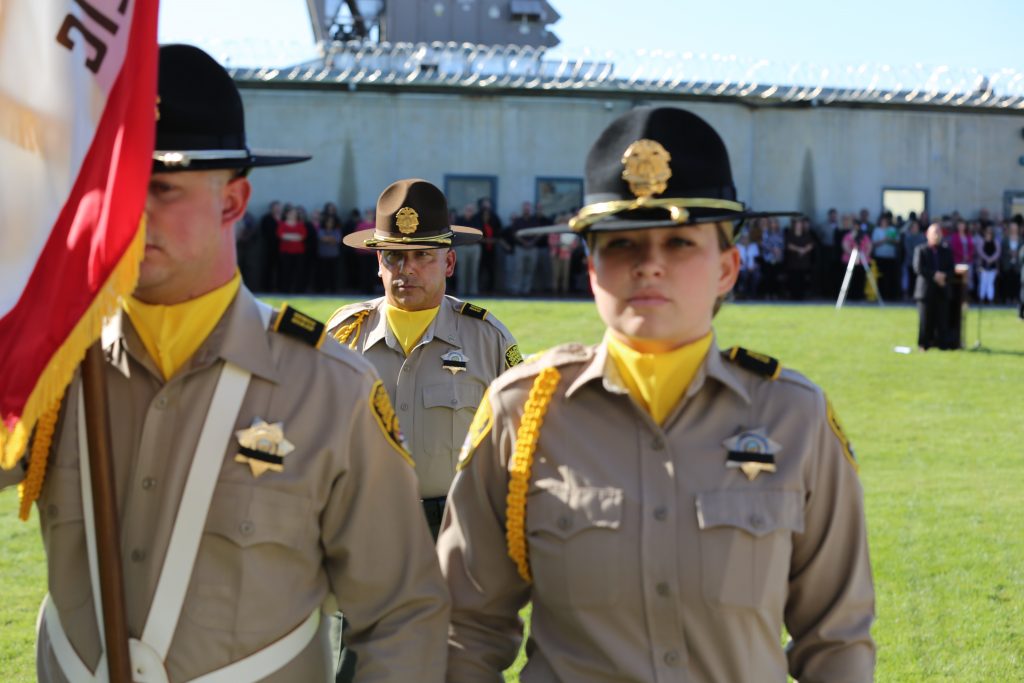
With the new millennium, the department inverse its name to CDCR, adding Rehabilitation. There was likewise a major reorganization, including making the department its own bureau. CDCR'due south patches were redesigned to reflect the proper name change. Over the class of roughly 170 years, the California prison house system has evolved, and and then have the uniforms.
By Don Chaddock, Inside CDCR editor
Learn more about California prison history.
Follow us on YouTube, Facebook and Twitter.
What Color Uniform Do The Georgia Department Of Corrections Where,
Source: https://www.cdcr.ca.gov/insidecdcr/2020/01/23/stitch-in-time-a-look-at-california-prison-uniforms-through-the-years/
Posted by: marshherson.blogspot.com


0 Response to "What Color Uniform Do The Georgia Department Of Corrections Where"
Post a Comment